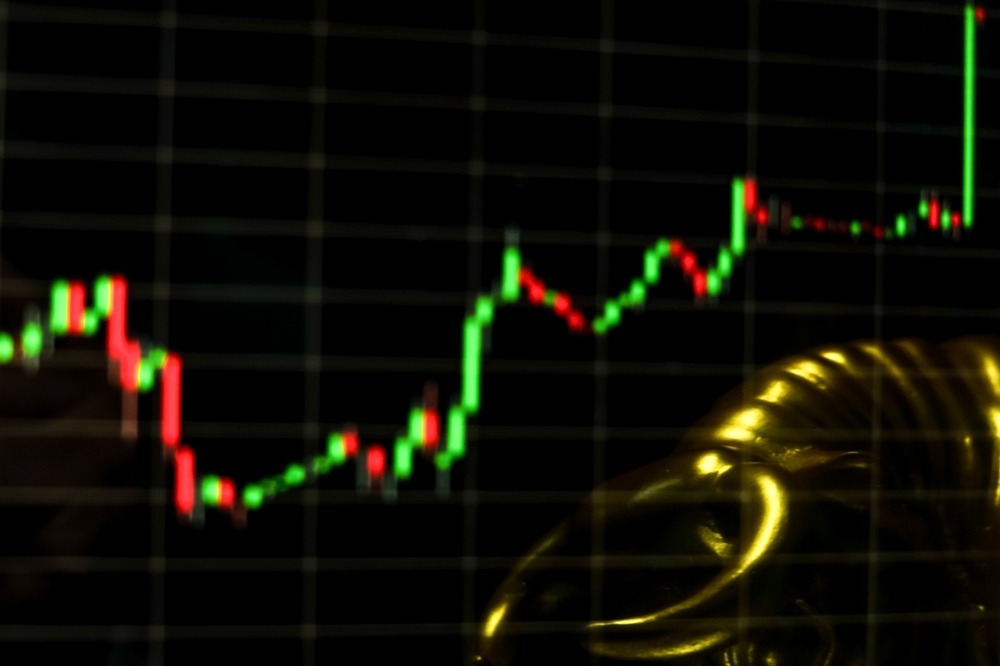Quick Look
- Recent data indicates a potential reacceleration of inflation, shifting focus away from interest rate cuts.
- Federal Reserve Governor Christopher Waller emphasizes caution and patience in adjusting interest rates amidst inflation concerns.
- January’s PCE Inflation figures are anticipated to reveal another surge, signalling a possible “second wave” of inflation.
- Rising agricultural prices and supply chain disruptions contribute significantly to inflationary pressures.
- Historical comparisons to the 1970s suggest similar inflation trends, yet differences in economic resilience and supply chain dynamics offer a nuanced outlook.
It has become clear that the potential resurgence of inflation dominates financial narratives, even overshadowing the anticipation of interest rate adjustments as a prime macroeconomic trading opportunity. This shift follows two unexpected inflation spikes, complicating the Federal Reserve’s strategy to maintain inflation at the 2% target. Federal Reserve Governor Christopher Waller’s recent remarks have underscored the necessity for a measured approach to interest rate decisions, reflecting the economy’s robustness and the latest inflation data.
Traders Brace for PCE Data
With the Federal Reserve’s next moves under intense scrutiny, the upcoming Personal Consumption Expenditures (PCE) data is eagerly awaited by traders. There is speculation that this week’s figures will confirm the inflation uptrend, spurred by factors such as skyrocketing agricultural prices and shipping cost hikes due to geopolitical and environmental factors. These developments have driven commodity prices to unprecedented levels, reinforcing the link between commodity market dynamics and inflationary trends.
The Prospect of a “Second Wave” of Inflation
The idea of a “second wave” of inflation, similar to what was seen in the 1970s, is becoming popular among economists and investors. This notion is intriguing. Today’s economic environment, however, presents both parallels and stark contrasts to that era. On one hand, we see similarities such as wage growth and supply shortages that remind us of the 1970s. On the other hand, today’s economy shows significant differences. It is more adaptable, enjoys energy independence, and is gradually moving away from fossil fuels. These factors create a stronger defense against inflationary pressures.
Despite the similarities with the past, there is a sense of resilience in the current economy and corporations. This resilience provides some hope. In recent years, the economy and corporations have shown an impressive ability to adapt. This adaptability, combined with record-high profits and stock prices, indicates a potential to withstand inflation. However, the threat of a second inflationary wave cannot be ignored. Yet, the ability to adapt and recover seems robust.
As we face these uncertain times, understanding the relationship between various economic factors becomes crucial. Specifically, the interaction among commodity prices, inflation data, and monetary policy will play a vital role. This interplay will be key in determining the future economic landscape.
















